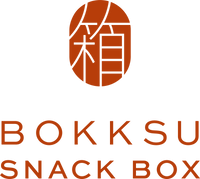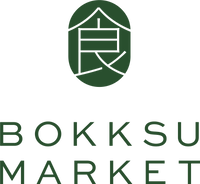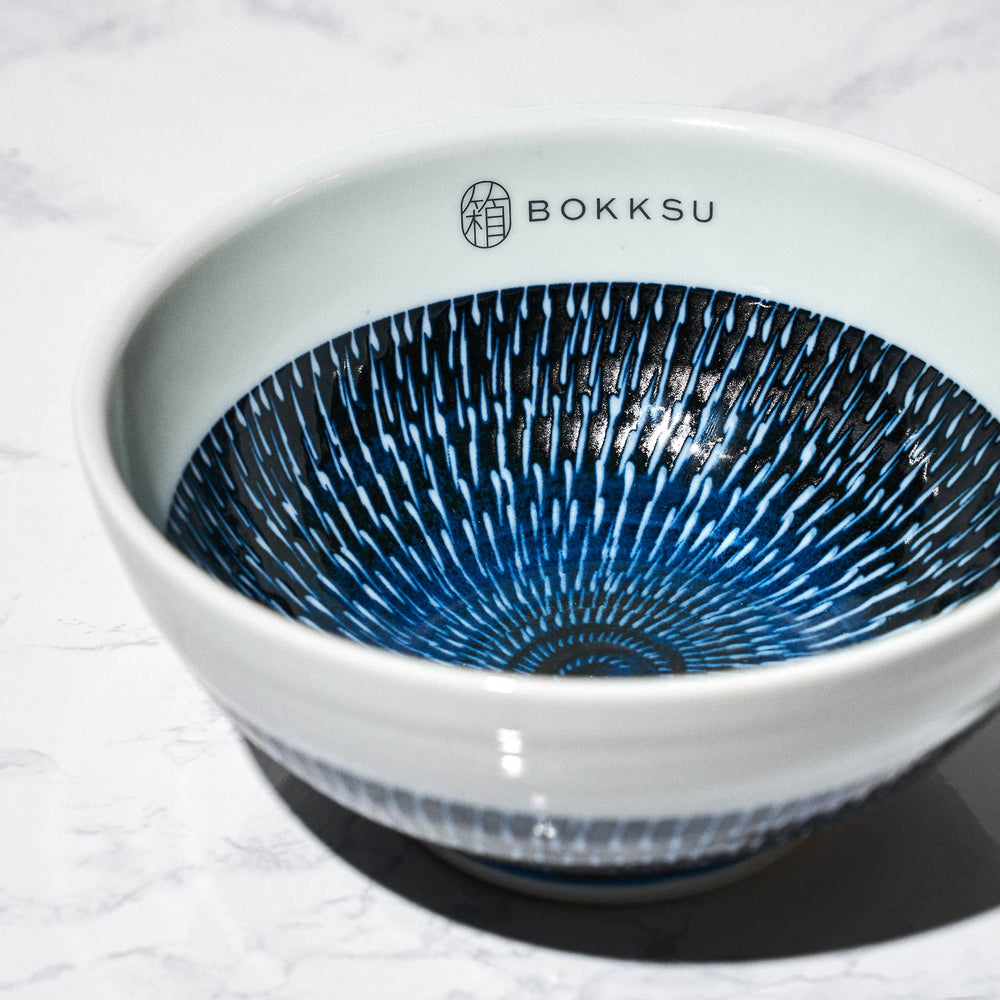What is Kaizen? How This Japanese Philosophy Can Transform Your Life
Introduction: What is Kaizen?
Kaizen, a Japanese business philosophy centered on continuous improvement, has played a key role in shaping Japan's competitive success on the global stage. Emerging after World War II, it introduced an ongoing improvement process that lead to significant long-term advancements in both business and personal development. Decades later, its principles remain highly relevant, empowering businesses to stay competitive, supporting personal growth, and cultivating a culture of excellence within organizations.

The Meaning of Kaizen: Breaking Down the Term
The word Kaizen (改善) is derived from two Japanese words: "kai" (改), meaning "change," and "zen" (善), meaning "good." Together, they represent the idea of "change for the better." This powerful concept promotes the mindset of making small, incremental improvements over time, rather than aiming for quick, dramatic results. It encourages both individuals and organizations to consistently refine their processes, habits, and strategies. Through this approach, Kaizen nurtures a culture where progress is seen not as a final goal, but as a continuous journey of growth and enhancement.

The History of Kaizen: From Post-War Japan to Global Influence
The origins of Kaizen can be traced back to pre-World War II America, where in the 1930s, engineer Walter Shewhart developed the Plan-Do-Study-Act (PDSA) cycle, which became the foundation of the Kaizen philosophy. After the war, as Japan embarked on its rapid post-war recovery, American statistician W. Edwards Deming introduced these principles to Japanese businesses. His work, which focused on improving product quality and efficiency was instrumental in Japan's economic resurgence.
One of the key figures to embrace and refine Deming's principles was Taiichi Ohno, a Toyota executive who developed the Toyota Production System (TPS) in the late 1940s. This Kaizen-driven approach, which focused on eliminating waste and optimizing efficiency through continuous improvement, helped Toyota become a global automotive leader, surpassing General Motors in 2008. As Japanese industries flourished, Kaizen spread beyond Japan's borders. In 1986, management consultant Masaki Imai, known as the "father of Kaizen," founded the Kaizen Institute, introducing it as a systematic management methodology in the West. Through his efforts, Kaizen became a widely recognized strategy for both business and personal development worldwide.

Kaizen Principles: The Core Concepts Behind Continuous Improvement
Kaizen is built on the principle that improvement is a team-driven process rather than a one-time effort. As a philosophy that encourages continuous improvement, Kaizen aims to eliminate waste and encourage every individual, regardless of their role, to contribute to progress. One of its core principles is the elimination of major forms of inefficiency: muda (waste), muri (excess or overload), and mura (inconsistencies), which helps lead to smoother workflows, increased productivity, and better resource use.
Another fundamental Kaizen concept is fostering discipline and a proactive mindset. It encourages individuals to take ownership of their growth and actively contribute to collective improvement. By empowering people at all levels to suggest and implement changes, Kaizen cultivates accountability and shared responsibility for success. This collaborative approach boosts creativity, problem-solving, and helps build a culture of discipline and standardization. The idea is that continuous engagement and cooperation lead to the refinement of processes, resulting in a more efficient, harmonious work environment or a more productive personal journey.
The Kaizen Process: How Small Steps Lead to Big Results
The Kaizen process cycle follows a structured, step-by-step approach to drive continuous improvement through small, manageable changes. It starts by identifying a problem or opportunity for improvement. Once recognized, the current process is analyzed to pinpoint inefficiencies and uncover root causes. Next, a team collaborates to develop and implement solutions, making adjustments as needed. Businesses often hold Kaizen events, which are short-term, focused projects that bring teams together to solve specific problems using Kaizen principles. Once successful outcomes are achieved, the solutions are standardized to integrate them into daily processes. However, Kaizen is an ongoing cycle, with improvements continuously reviewed, refined, and expanded to ensure lasting progress.
Kaizen in Business: Transforming Workplaces with Efficiency and Innovation
Kaizen is a transformative approach that boosts productivity, teamwork, and efficiency across industries by empowering employees to identify and implement improvements. At Toyota, for instance, the Kaizen-driven Toyota Production System (TPS) enables frontline workers to spot issues in production, propose changes, and enhance product quality. This ensures that continuous improvement is not just a management responsibility but an organization-wide effort, motivating individuals to consistently seek ways to improve the business. To accelerate problem solving, Toyota and other companies use Kaizen Blitz, or rapid improvement events. These short-term workshops bring employees together to quickly identify and address specific process issues, resulting in rapid, tangible improvements within just a few days.
In industries such as healthcare and technology, Kaizen's principles are used to optimize business processes and improve team collaboration. For example, healthcare organizations apply Kaizen to reduce waste, streamline patient care, and improve operational workflows. In the tech industry, it helps accelerate product development cycle and boost customer satisfaction through small, incremental improvements. For more strategic, company-wide changes, organizations use Kaizen Burst, a three-to-five-day event focused on addressing systemic issues across departments for significant, targeted improvements. While Kaizen Blitz emphasizes quick, localized changes, Kaizen Burst tackles broader challenges. Both methods prioritize rapid, intensive implementation, enabling businesses to achieve significant progress in a short time while fostering a culture of collaboration and continuous improvement.

Applying Kaizen to Daily Life: Small Changes for a Better You
The Kaizen philosophy extends beyond business and can be a powerful tool for personal growth as well. Whether improving health, productivity, finances, or relationships, the key is making small, consistent changes rather than pursuing drastic, short-term solutions. For instance, someone looking to improve their health might start with simple steps like drinking more water, walking an extra 10 minutes a day, or preparing healthier meals—habits that are easier to maintain than attempting major changes all at once. Similarly, in personal productivity, adopting a process improvement mindset can help individuals streamline their daily routines, reduce distractions, and focus on one small task at a time, boosting efficiency. In finances, individuals can start by saving a small percentage of their income each month, and in personal growth, they can dedicate a few minutes daily to learning a new skill. This approach not only makes big goals more attainable but also fosters long-term success by embracing small, steady steps that add up over time.

Kaizen vs. Other Improvement Methods: What Sets It Apart?
Unlike other self-improvement and business strategies, Kaizen focuses on small, continuous improvements rather than large-scale overhauls While methodologies like Six Sigma, Lean Management, and Agile also aim to optimize processes, Kaizen efforts center around incremental progress that builds momentum over time. Six Sigma, for instance, is a data-driven approach that seeks to minimize defects and variability by identifying and eliminating root causes of errors, striving for near-perfect quality through extensive analysis and precise control. In contrast, Kaizen does not rely heavily on data-driven analysis but instead cultivates a culture of gradual, employee-driven improvements. This approach enhances efficiency and productivity over time without the pressure of achieving immediate, dramatic results.
Lean Management shares Kaizen’s goal of eliminating waste and optimizing processes but focuses more on streamlining operations to maximize value with minimal resources. While Lean aims for efficiency by cutting unnecessary steps and prioritizing customer value, Kaizen takes it further by embedding continuous improvement into an organization’s culture. Similarly, Agile, widely used in software development, emphasizes flexibility and rapid iteration, allowing businesses to quickly adapt to changing customer needs and market conditions. While Agile promotes iterative progress and adaptability, Kaizen focuses on gradual, sustainable adjustments, ensuring long-term effectiveness rather than just speed. Overall, Kaizen complements these strategies by fostering a long-term mindset of ongoing, incremental improvement that involves everyone, making it a unique and enduring approach for both business and personal growth.
Challenges of Kaizen: Common Obstacles and How to Overcome Them
Implementing Kaizen presents challenges, as continuous improvement efforts require commitment, adaptability, and long-term dedication. A major obstacle is employee resistance, as people may be hesitant to change established routines or fear uncertainty. Overcoming this requires strong leadership that clearly communicates Kaizen’s benefits and actively involves employees, fostering a sense of ownership and shared responsibility. Maintaining motivation can also be difficult, especially when progress is gradual. To address this, celebrating small wins and acknowledging improvements helps reinforce the value of incremental change. Additionally, sustaining consistency can be a challenge, as employees may lose focus or revert to old habits. Organizations can counter this by holding regular Kaizen events, continuously tracking improvements, and implementing accountability systems. Through effective training, clear communication, and recognition of even minor advancements, businesses can embed Kaizen into their culture, ensuring continuous and lasting improvement.

Conclusion: Why Kaizen is the Key to Long-Term Success
Kaizen has proven to be an impressive approach not only in business but also in personal development and everyday life. From improving operations in companies to boosting productivity and teamwork across industries, Kaizen cultivates a culture of continuous, sustainable progress. Outside the workplace, adopting a Kaizen mindset can help individuals achieve personal goals—whether it's improving health, finances, or relationships—by making gradual progress one step at a time. Embracing this philosophy fosters steady growth and innovation, demonstrating that even the smallest steps forward can lead to remarkable achievements.
Adopting the Kaizen mindset means committing to small, positive changes every day—and what better way to elevate your journey than with a Bokksu Snack Box subscription? As you pursue continuous self-improvement, let each monthly delivery of premium Japanese snacks and drinks serve as a source of inspiration. Enjoy authentic flavors from Japan, discover new treats, and transform your breaks into moments of joy and reflection.
Author Bio































